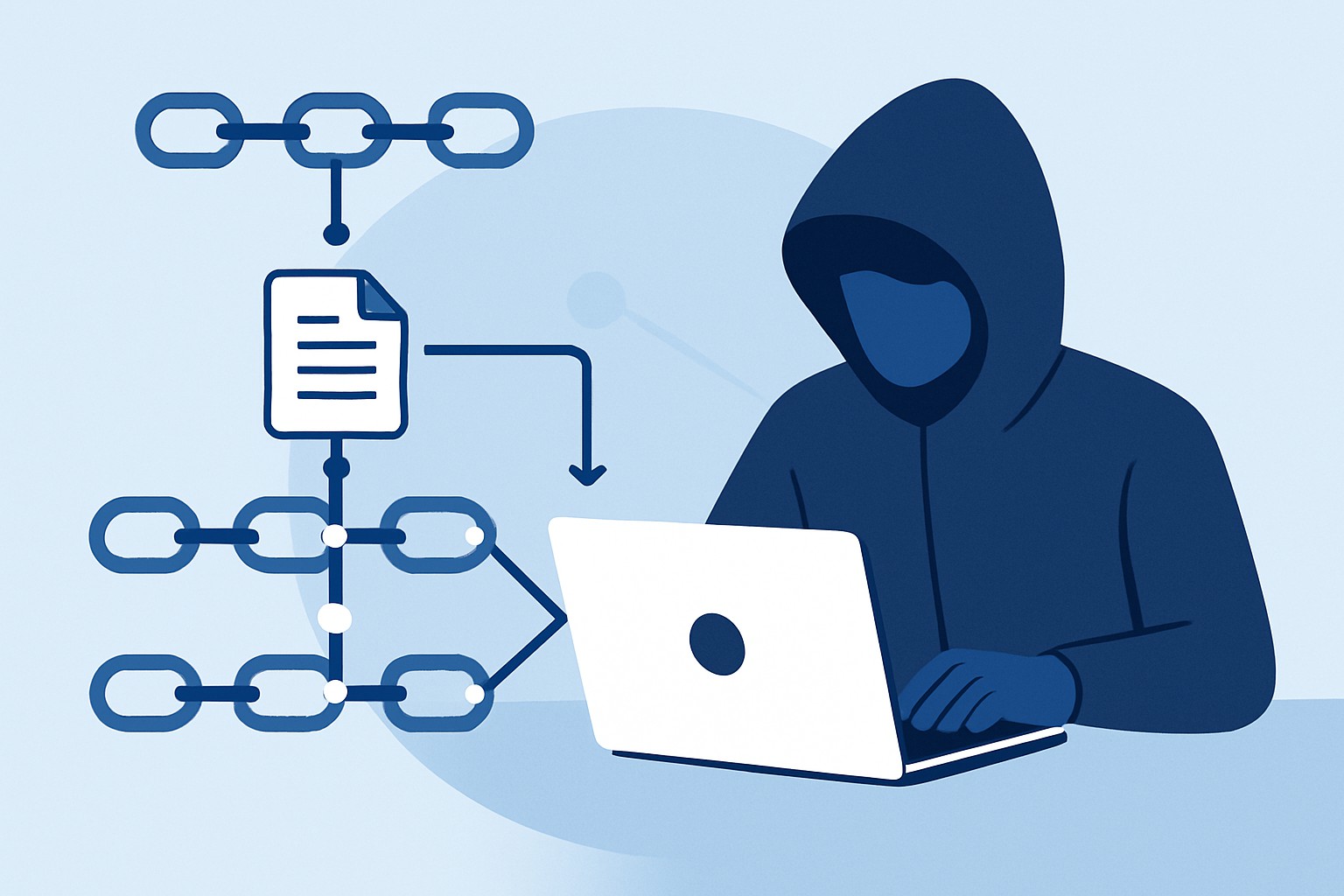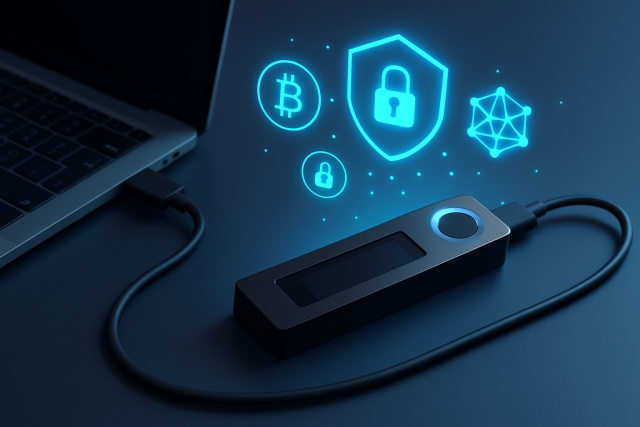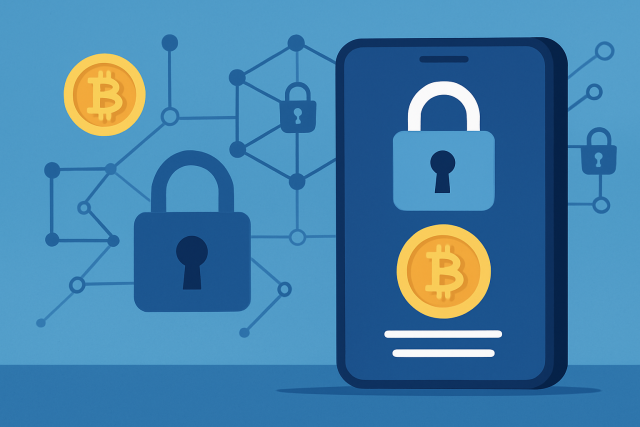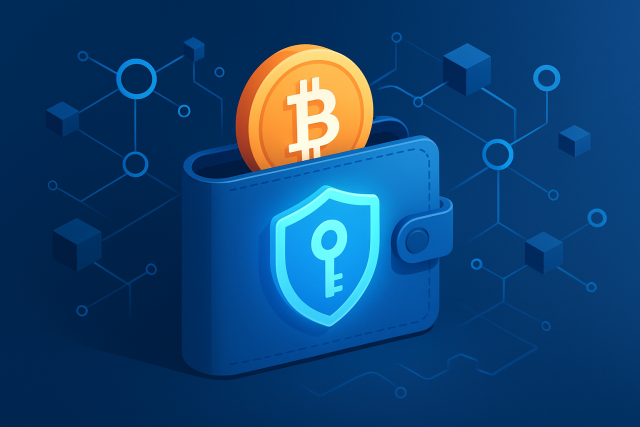What Happens During a Replay Attack on Crypto Networks?


Replay attacks pose a serious headache in crypto networks because they allow attackers to sneakily copy and resend legitimate transactions on the same or a closely related blockchain. This sneaky business often leads to unauthorized transfers, double spending and unexpected losses of funds.
Taking a Closer Peek at Replay Attacks in Crypto Networks
A replay attack occurs when a legitimate transaction from one blockchain is copied and resent on a compatible or forked blockchain. Sometimes this happens on purpose and other times by accident. Since transaction data often keeps its validity across different chains without proper safeguards, attackers can exploit this loophole to move assets without authorization.
- A replay attack happens when someone duplicates and resubmits a transaction that was valid before on a blockchain network or one of its forks.
- Attackers exploit the fact that transactions share the same format across compatible chains and trigger unauthorized asset transfers.
- These vulnerabilities often stem from missing replay protection and weak protocols for signing transactions.
- Popular cryptocurrency networks like Bitcoin, Ethereum and their forks have frequently been targeted by replay attacks, especially during or right after chain splits.
Signs and Clues of a Replay Attack to Watch Out For
Detecting a replay attack usually means keeping an eye out for oddball patterns in network traffic and user accounts alike. You might notice duplicated transaction records popping up or unexpected token movements that don’t add up. You could also see funky activity during network forks.
- Duplicate transactions mysteriously popping up in wallets or blockchain explorers all without the user giving any thumbs-up.
- Assets sneaking their way over to unfamiliar or downright shady addresses with zero action taken by the user.
- Strange transaction patterns on the blockchain such as identical transaction hashes showing up across different chains making you do a double take.
- Increased network congestion or painfully slower transaction confirmations thanks to a flood of repeated transactions clogging things up.
- Confirmation statuses that don’t quite line up where a transaction gets the green light on one chain but is left hanging or missing on another.
How to Diagnose a Replay Attack, Step by Step (Without Losing Your Mind)
Diagnosing a replay attack begins with spotting those suspicious transactions that just don’t sit right, then making sure they’re truly replays—not some harmless echoes—and finally figuring out just how deep the rabbit hole goes with your assets or network. By blending keen transaction analysis with blockchain forensic tools and good old-fashioned signature verification, you can confidently sniff out replayed transactions and zero in on the culprit behind the attack.
Keep a sharp eye on transaction histories to catch any sneaky duplicate outgoing funds popping up across different chains. This kind of thing can easily slip under the radar if you are not careful.
Take a moment to dig into recent blockchain forks or network splits to check if replay risks might be lurking around, especially when protections are missing. It’s a classic pitfall.
Double-check the legitimacy of transaction signatures and look for replay protection features like chain IDs or replay flags, as these little markers can save you from a world of trouble.
Keep tabs on wallet balances for any odd shifts or inconsistencies that seem to line up with those suspicious duplicate transactions. Sometimes the signs are subtle but telling.
Lean on blockchain explorer tools that track and flag suspicious or replayed transactions to gather solid forensic data for incident analysis. Trust me, they’re worth their weight in gold when things go sideways.

Technical Mechanisms Commonly Used in Replay Attacks A Quick Dive
Replay attacks usually sneak in through technical gaps and oversights in blockchain protocols. Common weak spots include missing clear chain identifiers in transaction signatures and reusing transaction data across forks. They also arise from mishandling nonces and relying on cryptographic signature schemes that aren’t designed for cross-chain validation.
- Without a unique chain ID or clear replay protection fields, transactions can remain valid across multiple chains and cause headaches.
- Forked blockchains often use the same transaction formats. This makes replaying transactions almost too easy because no tweaks are needed.
- When nonces in transaction signatures are missing or reused, catching duplicate submissions is like finding a needle in a haystack.
- Some signature schemes don’t separate domains well so signatures might sneak through different contexts or blockchains without raising an eyebrow.
- Failures in validating transactions between chains can lead to a transaction valid on one chain being mistakenly accepted on another. This is definitely a case of mistaken identity.
Typical Situations and Real-World Examples That'll Hit Home
A bunch of well-known blockchain splits and upgrades have actually opened the door to replay attacks, exposing some all-too-familiar weak spots and sneaky attack tactics. Taking a closer look at these scenarios really helps both users and developers get a grip on how these attacks operate and how they have morphed over time.
- Transactions that happened on one chain could be ‘replayed’ on the other, opening the door to double spending — quite the headache for anyone involved.
- Accounts teetering on the edge of replay risks between the Ethereum mainnet and Ethereum Classic. It’s one of those tricky situations that keeps you on your toes.
- Smaller altcoins have regularly found themselves under fire from attacks exploiting duplicated transaction broadcasts. It’s a tough lesson in the wild west of crypto.
- It’s a reminder that when it comes to security, leaving things ambiguous is invitation enough for trouble.
Practical Approaches for Troubleshooting and Mitigation That Actually Work
Stopping replay attacks really takes a team effort—network operators, developers and users all need to be on the same page. Relying on well-established replay protection methods and regularly updating software helps. Vigilant monitoring can catch attacks mid-flight and shrink the odds of new ones popping up.
Use replay protection methods like embedding chain IDs or domain separation tags right into transaction signatures to effectively block those pesky replays across different chains.
Stick to nonce management best practices to ensure every transaction gets a unique nonce—enforced to the letter—so duplicates don’t sneak through.
Keep wallets and nodes up to date with versions that can automatically spot and shut down replayed transactions, saving you from headache later on.
Continuously monitor transaction flows to catch suspicious replays or duplicate activity before it causes trouble.
During forks and upgrades, apply network-level isolation or transaction filtering to carefully minimize any overlap in transaction validity across chains.
Smart contract developers would do well to update their contracts to enforce replay protection on interactions—and it’s a smart move to deploy upgradeable contracts that can adapt to new replay mitigation methods as they come along.
Preventive Steps and Recommended Practices for Users A Handy Guide
Everyday crypto users actually play a pretty key role in fending off replay attacks by sticking to good old safety best practices. Staying on top of network updates and picking wallets that come with built-in replay protection can really go a long way in cutting down risks.
- Keep your wallet software up to date—it's the best way to snag the latest security patches and dodge those pesky replay attacks.
- Try to steer clear of making transactions on blockchain forks unless they clearly come with replay protection locked in. Playing it safe here really pays off.
- Pick wallets and services that have your back with replay attack defenses, like chain ID verification—it’s a simple step but can save you a headache later.
- Whenever possible, lean on multi-signature wallets. They add that extra barrier against any sneaky unauthorized transactions and it’s worth the little extra effort.
- Stay sharp by watching network upgrade news and security alerts from trusted sources—being in the know means you’re one step ahead of potential replay attack risks.
When It is Time to Call in the Experts
If you catch wind of suspicious activity that screams replay attack or if your attempts to diagnose or stop it hit a dead end, it is key to call in the pros without delay. Blockchain security experts, forensic analysts and seasoned developers bring a treasure trove of insights along with their advanced tools and know-how. They’re the ones who can size up how serious the attack really is, deploy sophisticated countermeasures and strive to recover any assets that may have slipped through the cracks. These complex attacks often sneak in through subtle replay tricks or clever multi-chain exploits that go way beyond the usual troubleshooting playbook.
Frequently Asked Questions
How can I tell if my transaction was affected by a replay attack?
Keep an eye out for duplicate transactions popping up in your wallet or on a blockchain explorer that you never approved, especially right after a network fork. Unexpected transfers to unfamiliar addresses or identical transaction hashes across different chains usually raise a red flag for a replay attack. Comparing transaction confirmations across chains can also reveal sneaky inconsistencies.
What should I do immediately if I suspect a replay attack?
Pause all transactions immediately and isolate any wallets that might be at risk. Check your balances carefully across all relevant chains to avoid surprises. Make sure your wallet software is updated with the latest replay protection features. Use blockchain explorers or security tools to sniff out suspicious activity. If you spot any losses, contact experts who can perform forensic analysis and guide you through recovery. It’s better to be safe than sorry.
Are all blockchain forks vulnerable to replay attacks?
Not every fork is vulnerable to replay attacks but those lacking replay protection like unique chain IDs or special transaction flags are at risk. Forks that recycle transaction formats or fail to separate signatures often face more trouble. It’s smart to check official fork announcements to see what replay protections are in place before making transactions.
Can replay attacks be prevented entirely?
There’s no magic bullet that guarantees zero risk but strong replay protections like chain-specific signatures and strict nonce enforcement help keep attacks at bay. Developers must build these safety nets into protocols. As users, it pays to be cautious when making transactions during forks unless you’re sure the protections are solid.
Do hardware wallets protect against replay attacks?
Hardware wallets alone don’t automatically block replay attacks but many newer models include chain ID checks as a useful defense. Using them alongside software wallets that support replay protection and double-checking transaction destinations during network splits can lower your risk. Layering defenses is key.
How long do replay attack risks last after a blockchain fork?
The risk lasts until every node and wallet updates to versions with replay protection and old transaction formats stop working. This handoff can take weeks or months depending on how fast the community adopts updates. My advice? Watch network developments closely and delay non-urgent transactions until things settle.






